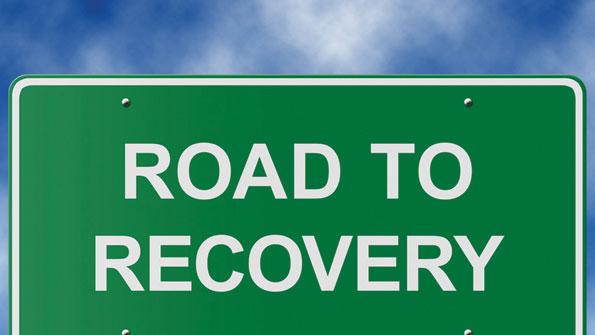Report: Metro economies are growing
The nation’s metro areas are making steady progress toward economic recovery, with most areas expected to experience economic growth this year, according to a new report from the U.S. Conference of Mayors (USCM). But the report warns that without major improvements to the country’s transportation infrastructure, costs to commuters and businesses could double over the next decade.
“U.S. Metro Economies,” prepared by Waltham, Mass.-based economic forecaster IHS Global Insight, forecasts that by the end of 2012, 300 of the nation’s 363 metro areas will experience real Gross Metro Product (GMP) economic growth. Fifty metros will achieve GMP growth rates of 3 percent or more, led by Austin and Houston, Texas, among the largest metro areas. More than 110 metros will see GMP growth of 2 percent or better, led by Phoenix, San Francisco, Denver and Boston.
The report predicts that over the remainder of the year, the nation’s economy will see 1.4 percent increase in employment and a real Gross Domestic Product (GDP) growth of 2 percent. The average GDP growth of all 363 metros will be just below 1.8 percent.
The report predicts good news for the nation’s commuters — gas prices falling to $3.11 a gallon by the fall. Also, U.S. metro areas will continue to grow, increasing in population by 32 percent, or nearly 84 million people, over the next 30 years.
But here’s the bad news: Current infrastructure cannot absorb that much growth, according to USCM. Metro areas expected to see the most growth are already home to most of the nation’s traffic congestion, costing the average American commuter $713 annually.
Those costs will skyrocket, according to the report, without increased investment in infrastructure. Europe and China already greatly outspend the U.S. in transportation and water infrastructure. The U.S. spends 2.4 percent of GDP, compared to 5 percent in Europe and 9 percent in China.




















